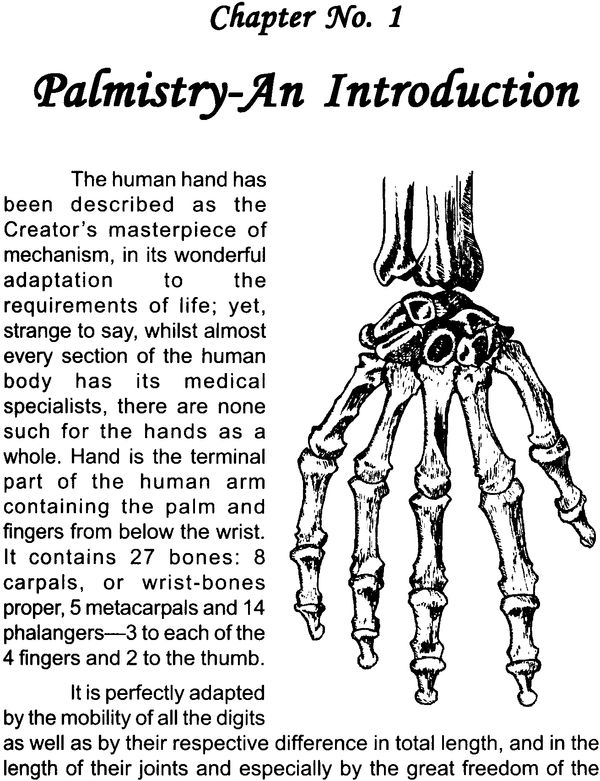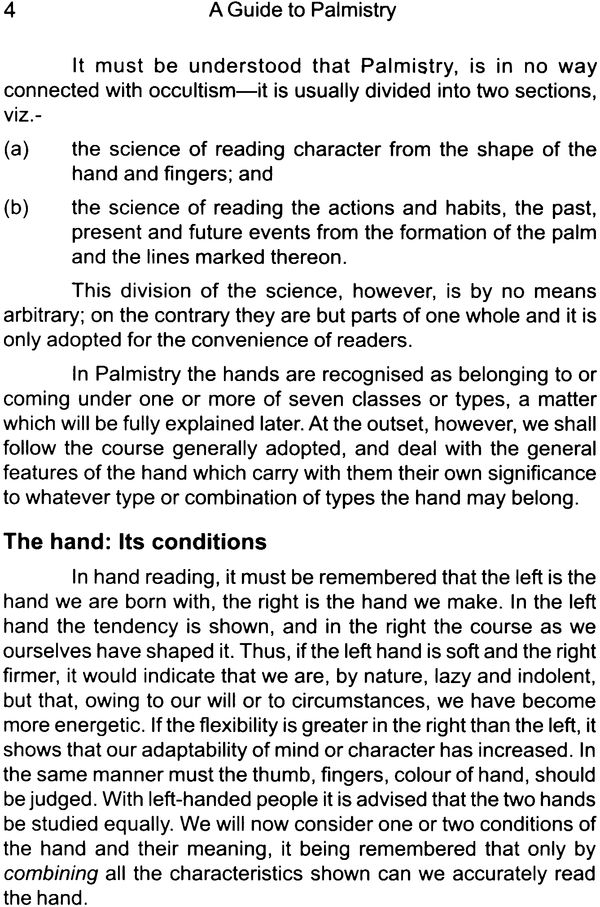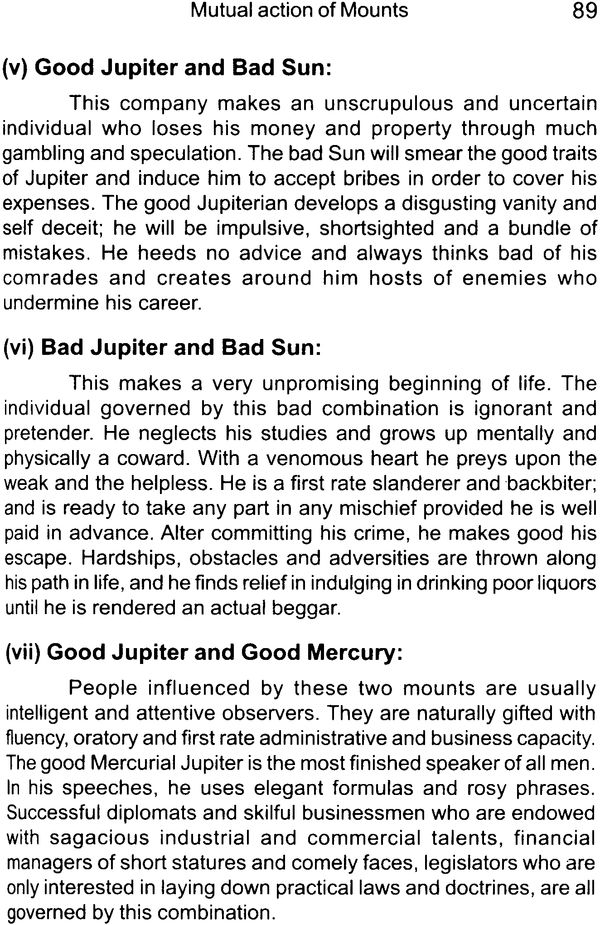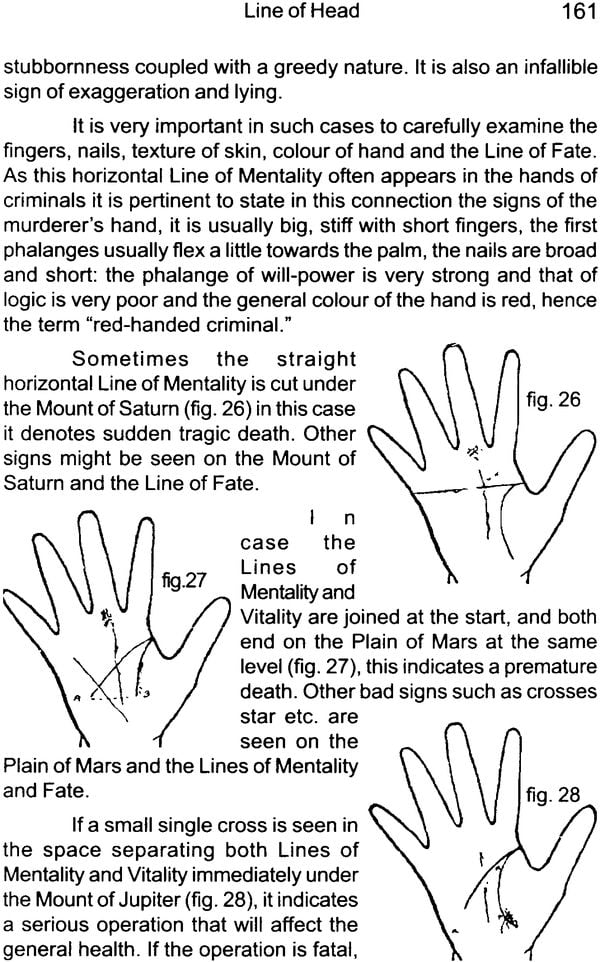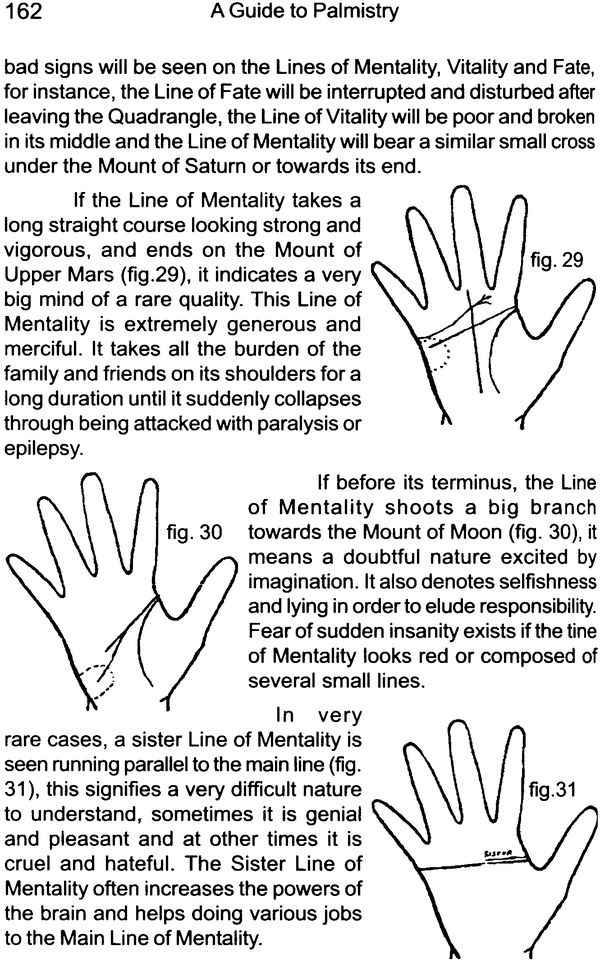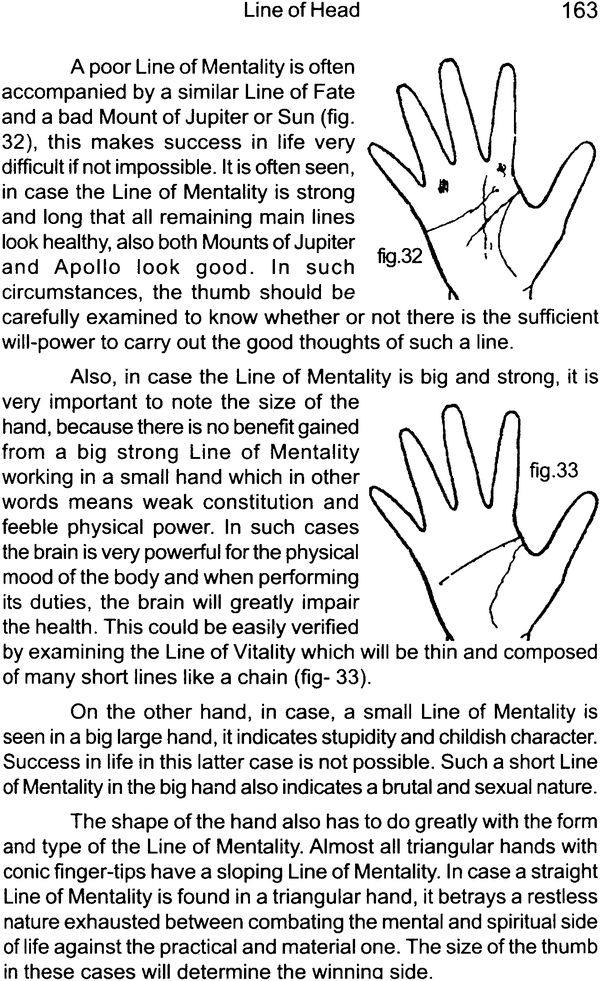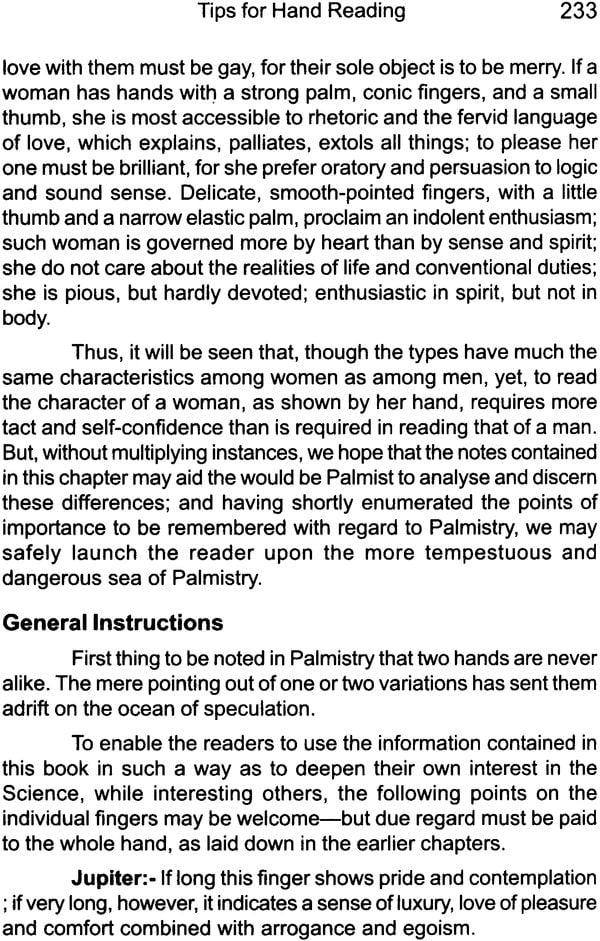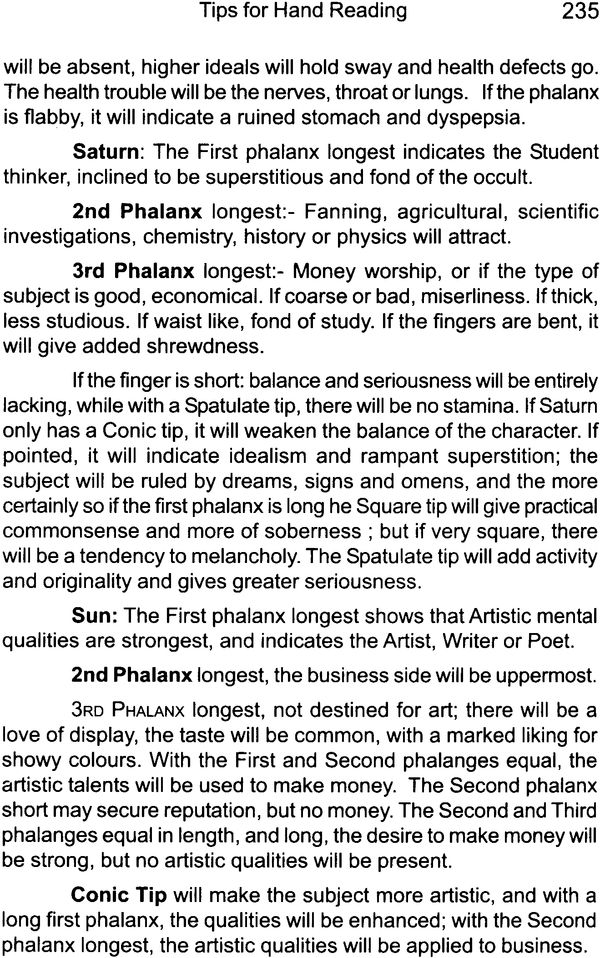
Mother Pious Lady (Making Sense of Everyday India)
Book Specification
| Item Code: | NAF759 |
| Author: | Santosh Desai |
| Publisher: | Harper Collins Publishers |
| Language: | English |
| Edition: | 2010 |
| ISBN: | 9788172238643 |
| Pages: | 380 |
| Cover: | Paperback |
| Other Details | 8.5 inch x 5.5 inch |
| Weight | 350 gm |
Book Description
A new India is visibly emerging from within the folds of its many pasts. This new India needs to be seen with new eyes, free from the baggage of yesterday’s characterizations. This is exactly what Santosh Desai, one of India’s best-known social commentators, does in this warm, affectionate and deliciously witty look at the changing urban Indian middle class.
Writing as an insider, from personal experience, Desai cuts through the chaos and confusion of everyday India both yesterday and today, and suddenly, we begin to see things clearly. Holding a mirror to our iner selves, Desai makes us see what drives us, what makes us tick, what makes our hearts beat, and how our mindsests and attitudes are changing, even as the past never quite leaves us. And Desai does so in short masterful essays, written with great humour and sensitivity. A big book about the small things that truly matter.
Everything in India is capitalized. Ours is without doubt the land of the swollen cliche. We live in Grinding poverty with which we cope with a sense of Cosmic Fortitude. We are on Our Way to Reclaiming Our Rightful Position in the world but are frequently undone by our slumdog status. People travel to India not to find a country but to find themselves. We are a Timeless Civilization and an Impatient Uncaged Tiger. India is the receptacle of all extremes and accommodates in the commodious canopy every adjective invented.
The India that I grew up in was all of these things, but it has always seemed to me that most things written about India have tended to focus on the extremes. We have either the India that decants its deep wisdom on unsuspecting passers-by in surprising ways, or we have the India that asks you to look inside its wretchedness to find some glimmer of a universal truth. We have also had enquiries into Middle Class India, but most of these have been efforts that look inside from a safe and indeed superior perch outside. These are critiques of the middle class by people who are both fascinated and deeply repelled by it.
My effort in this book has been to examine Middle India from within. I have grown up in a middle class family; my father worked as a civil engineer in a public sector company, an occupation that ensured that we travelled from town to town, arriving when there was nothing there and leaving as things began to get comfortable. I studied in nine schools in all, across seven towns, and went to college in three different places. To me, the essence of growing up as an Indian, if there is such an essence, is really in understanding what it takes to actually experience India in all its trivial everydayness.
What follows is an analysis of changing India as seen through its daily life. The truth about things is often locked in the smallest actions it engenders. It is what we do without conscious and deliberate thought; it is when we behave naturally and with reflex that we give away who we really are. We have been shaped by the small things that made up our past - the silly jokes that made us laugh, the knowing winks that we shared, the places we scratched and the footwear we left outside the door. The pleasure of the second ice gola, the white sheets reserved for the men of the family, the railway reservation form that could accommodate only six names at a time, the agony of knowing that it was the fifth song in Chitrahaar, the cool touch of mandir steps, the dolorous singing of Mukesh songs, the resoling of Bata shoes, ducking under a chain to enter a bank, getting photographed in Himachali costumes on Mall Road. What do all these things mean? How do they sit together in developing an Indian way, this not being the Grand Indian Way but the way that we lived India?
The symbols of yesterday are being replaced with a whole new range today. We have the remix song and Vegetable Manchurian; apartments with names like Ridgewood Greens and Chancellor Hills, designer bindis, reality bahus and nighties that are worn daylong, computer horoscopes and arranged love marriages. Modern India has its own artefacts that help us excavate the present even as it unfolds.
Instead of seeing these signs only as amusing and heart- warming symbols of middle class life, what if we were to discern the underlying pattern that they reveal? In doing so, we look at India not as an abstract noun but as a verb. We look at what lies behind our doing the things we do.
The idea of this book is thus to piece together a story about changing middle class urban India through small fragments of its everyday life both yesterday and today. The result is a patchwork quilt of sorts where individual essays are knitted together to provide a larger picture which, while it holds together as a single piece, makes no bones about the fact that it is composed of little scraps of observations that have been sewn together. And since I am writing through the filter of my own experiences, the book carries with it in-built biases.
The book makes liberal use of the word 'we' when describing middle class India. Now, I am acutely aware that there are many Indias and that the diversity of India cannot be collapsed into a single undifferentiated 'we'. Instead of describing the Indian middle class as such, I have chosen to use the first person, because this book has been written from the inside.
Understanding India is an occupation of considerable complexity. Especially today, when a new India is visibly emerging from within the folds of its many pasts. This new India needs to be seen with new eyes, free from the baggage of yesterday's characterizations. As it is, we live in a world of instant judgements. I am not here to criticize or commend a class or group. Indeed, I think that statements like 'the middle class needs to understand its responsibilities' or that the 'educated need to display more gender sensitivity' are the kind of utterly useless bromides we can do without. I am not here to change the world or, for that matter, offer a way in which India can make the next century its own. There are abler minds pursuing this question; my purpose here is to understand what is happening.
The book is organized in three sections - we begin our journey in the not-too-distant past in pre-liberalization India, moving then to examine the changes we see around us before posing some questions about the dilemmas of change. The chapters within each section are loosely arrayed around broad themes, the purpose being to provide some structure for the reader while leaving enough freedom for the book to be read in a non-linear fashion.
| Acknowledgements | xv | |
| Introduction | xvii | |
| Section One Where Do We come From? | ||
| 1 | Our Chitrahaar Selves | 3 |
| The Dhania Factor | 5 | |
| The Great Indian Journey | 9 | |
| Stainless Steel Memories | 12 | |
| the postcard Remembered | 15 | |
| Sharing Scarcity | 18 | |
| Remembering the Summer Holidays | 22 | |
| Mere Paas Ma Hai | 25 | |
| The Dignity of Ultramarine | 28 | |
| The Civilizing Crease in Our Trousers | 31 | |
| The Dying Window | 34 | |
| In Praise o the Unannounced Visit | 37 | |
| Mother Pious Lady | 40 | |
| An Ode to the Scooter | 44 | |
| Decoding the Auto rickshaw | 47 | |
| The Appliance as Installation | 50 | |
| The Doctor in Films | 54 | |
| 2 | Vehicles of Escape | 57 |
| Of Piththoo, Rummy and Antakshari | 59 | |
| The pleasures of Vividh Bharti | 62 | |
| How Many Times Have You Seen Chupke Chupke? | 66 | |
| Of Takira, Crazy Boys and Osibissa | 69 | |
| The Great Indian Honeymoon | 72 | |
| The Power of Street Food | 75 | |
| The Song of the Inarticulate Heart | 78 | |
| Deconstructing the Hindi Film Hero | 81 | |
| 3 | Rules of Hierarchy | 85 |
| Hierarchies Unlimited | 87 | |
| The Driver's Moll | 92 | |
| The Meaning of the Slap | 95 | |
| The Dynastic Urge | 98 | |
| The Badge of Disorder | 101 | |
| 4 | Disclaimer Indica | 103 |
| The Stomach Has Its Reasons | 105 | |
| The Meaning of the Thali | 109 | |
| The Pickle as Cultural Distillate | 112 | |
| Right, NO? | 115 | |
| Scratching the Itch | 118 | |
| Bound by Sound | 120 | |
| 5 | The Patterns Within | 123 |
| Ritual Reality and the Indian | 125 | |
| Indian Traffic as Metaphor | 128 | |
| The Rationality of Indiscipline | 131 | |
| Understanding Hypocrisy | 134 | |
| the Power of the Imperfect Solution | 137 | |
| The Disinterest in Punishment | 140 | |
| Section Two New Adventures Ind Modernity | ||
| 6 | Loosening the past | 147 |
| The Moral of Drinking | 149 | |
| Sunita on the Beach | 152 | |
| United We Dance | 155 | |
| Minced Punjabi Chic | 158 | |
| The Death of the Baritone | 161 | |
| Father Amitabh | 164 | |
| Irrigating Our Roots | 167 | |
| Outside the Closet | 170 | |
| 7 | The Headiness of Mobility | 173 |
| Life as Arena | 175 | |
| The Disappearing Pigtail | 179 | |
| Scooting to Freedom | 182 | |
| Setting Free the Old | 185 | |
| Looking Back at the Maruti | 188 | |
| No Rungs in Their Ladder | 191 | |
| The Militant Mask | 194 | |
| The Wonderful World of the Indian Nightie | 196 | |
| Money as Energy | 199 | |
| The Freedom of Army Daughters | 205 | |
| 8 | The Badges of Modernity | 209 |
| Terms of Endearment | 211 | |
| Greasy Modernisms | 214 | |
| English Imaginations | 217 | |
| Home Truths | 221 | |
| The Western Toilet as Sign | 223 | |
| 9 | Changing Outside In | 227 |
| The Remix Remixed | 229 | |
| Salman Khan and the Rise of Male Cleavage | 231 | |
| SRK- Brand Abassador for the Market | 234 | |
| In Gentle Praise of the Saas-Bahu Sagas | 237 | |
| Of Genuine Fakes and Fake Genuine | 240 | |
| The great Indian Laughter Phenomenon | 243 | |
| The Currency of Celebrity | 246 | |
| Suburban Escape | 249 | |
| City Stories | 252 | |
| Cricket Hysteria | 255 | |
| 10 | Changing Inside Out | 259 |
| The Joint Stock Family | 261 | |
| The Logic of the Arranged Marriage | 264 | |
| The Woman, Exteriorized | 267 | |
| The Fear of Women | 270 | |
| The Imagined Scarcity of Opportunity | 275 | |
| The Paranoid Parent | 278 | |
| Retrieving Space slyly | 281 | |
| 11 | Media Smoke And Mirrors | 285 |
| 21-Inch India | 287 | |
| The Limits of Debate | 290 | |
| Opinion as Truth | 293 | |
| The Effects of Language | 296 | |
| The Bias for Extremism | 299 | |
| It's the Form, Stupid | 302 | |
| Section Three Dilemmas of Change | ||
| 12 | Not Everyone Is Invited | 307 |
| Blinded by Language? | 309 | |
| The Flyover as Metaphor | 312 | |
| The Revenge of the Speed breaker | 315 | |
| The Power of Inflation | 319 | |
| What We Don't Want to know | 322 | |
| The Vanishing Village | 325 | |
| 13 | The Politics Of A New India | 329 |
| Medieval Democracy | 331 | |
| Sympathy for the Haves | 334 | |
| Lathis in Uniform? | 336 | |
| The Youth Quota | 339 | |
| Between Tokenism and Symbolism | 341 | |
| The Mind of the Terrorist | 344 | |
| Reading the Political Poster | 347 | |
| The City Name as Cultural Property | 350 | |
| The Death of Vulgarity | 353 | |
| The Pub as Sign of Freedom | 355 | |
| 14 | Dreams of Grandeur | 359 |
| Racism and Brand India | 361 | |
| An Abstract Salute to the Indian Soldier | 364 | |
| Of Wealth and Want | 367 | |
| Global Dreaming | 370 | |
| Shame Without Guilt | 373 | |
| A Million Matchsticks Now | 376 | |
| Postscript | 379 |
